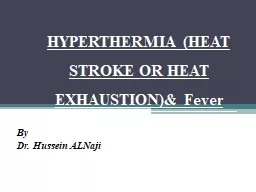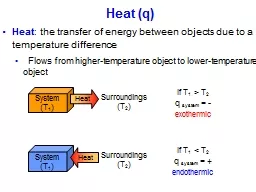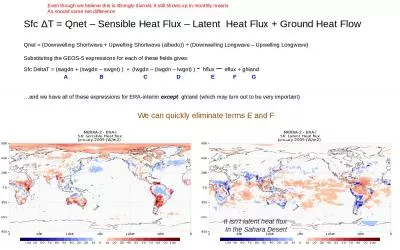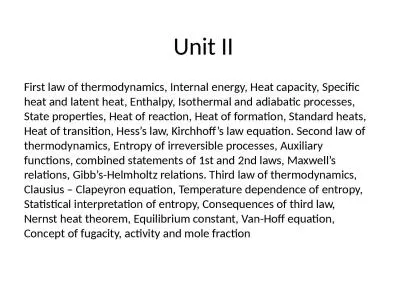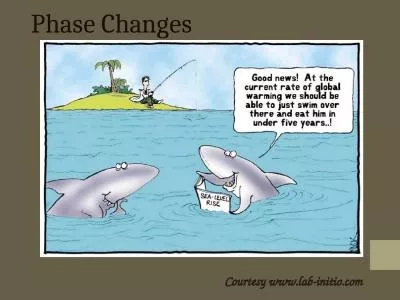PPT-Heat Phase Changes LabRat
Author : conchita-marotz | Published Date : 2019-11-08
Heat Phase Changes LabRat Scientific 2018 1 Phase Change A phase change is when matter changes from one physical state to another A physical state can be solid
Presentation Embed Code
Download Presentation
Download Presentation The PPT/PDF document "Heat Phase Changes LabRat" is the property of its rightful owner. Permission is granted to download and print the materials on this website for personal, non-commercial use only, and to display it on your personal computer provided you do not modify the materials and that you retain all copyright notices contained in the materials. By downloading content from our website, you accept the terms of this agreement.
Heat Phase Changes LabRat: Transcript
Download Rules Of Document
"Heat Phase Changes LabRat"The content belongs to its owner. You may download and print it for personal use, without modification, and keep all copyright notices. By downloading, you agree to these terms.
Related Documents

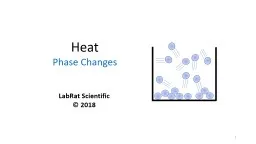


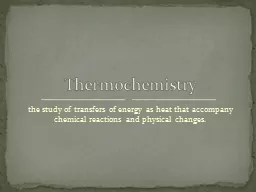
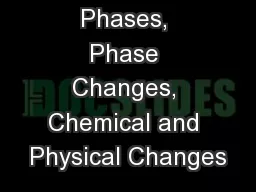

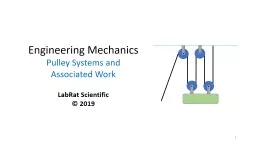

![[READ] - The Agile College: How Institutions Successfully Navigate Demographic Changes](https://thumbs.docslides.com/906311/read-the-agile-college-how-institutions-successfully-navigate-demographic-changes.jpg)
